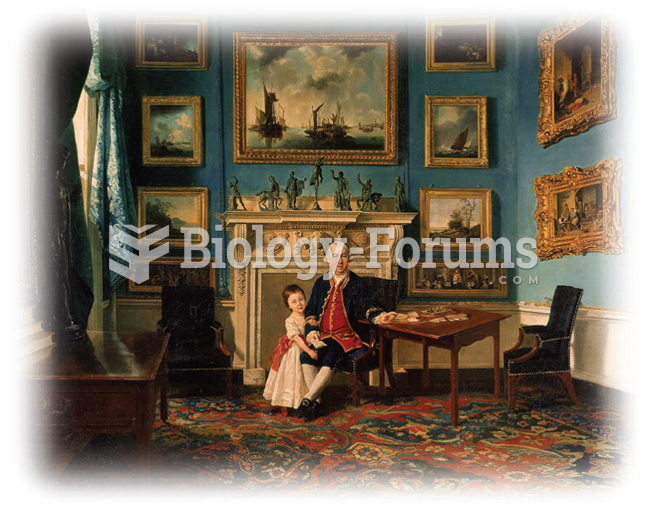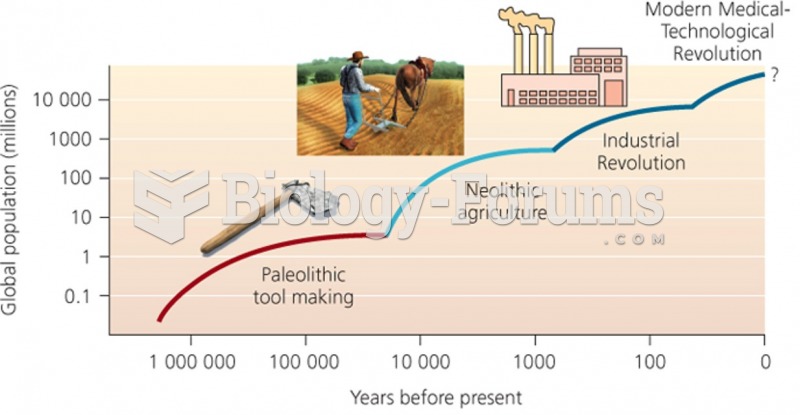Answer to Question 1
C
Answer to Question 2
African cultures, generally, prize a synthesis of the arts of music, dance, poetry, and decorative display that mirrored shared spiritual and communal values. For example, ceremonies often unify music, dance, storytelling, and decorative arts into a single overpowering experience. During these rituals, masks and costumes were worn that functioned to channel the spirit of an animal, god, or ancestor. By the transformative power of the mask, a participant became the agent of the supernatural. Masked dancers took part in rituals of exorcism, initiation, purification, and burial. They functioned regularly in ceremonies that marked the transition from one stage of being to another. Masks and other arts often used abstract designs as they were meant to channel spiritual energy, rather than depict wholly observable phenomena.
The oral tradition was (and is) extremely important in Africa and the role of the griot is an important one. This special class of professional poethistorians who preserved the legends of the past by chanting or singing them from memory. Stories were not solely limited to griots, however, and the telling of tales was often a group enterprise and an expression of social unity. Seated around the communal fire, the members of the tribe recited tales serially and from memory. These myths that were told offer valuable insights into ancient African culture. The characters in these tales often address the gods, suggesting the basic intimacy between Africans and the spirit world. Moreover, the tales stress human fallibility, rather than (as in most Christian literature) human sinfulness. They describe a gentle and casual, rather than a forbidding and patriarchal, relationship between divine and human realms. Finally, as the second myth suggests, Africans placed great value on their children; as was the case in most agricultural societies, children were prized as helpers and as perpetuators of tradition. One African proverb reads, There is no wealth where there are no children.







